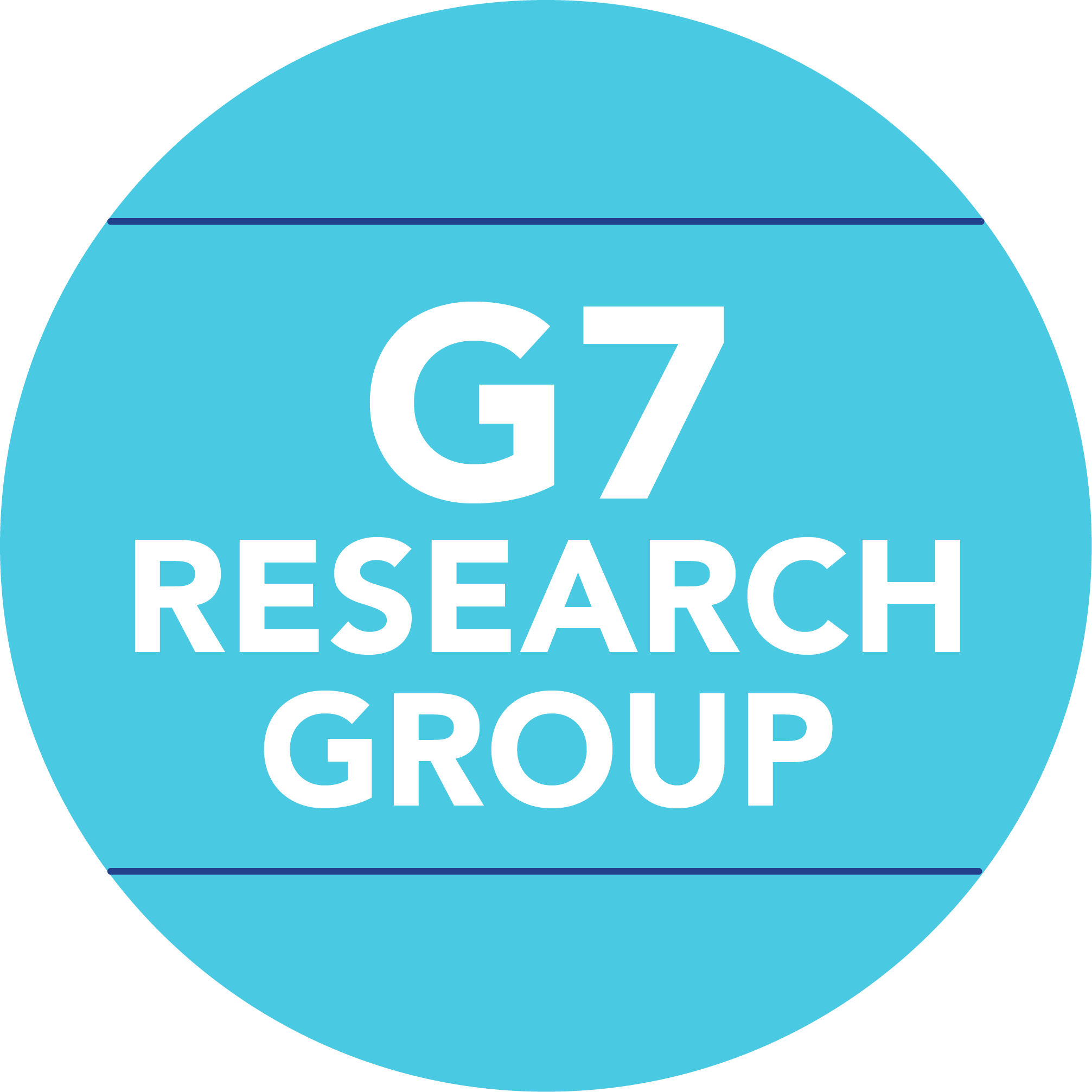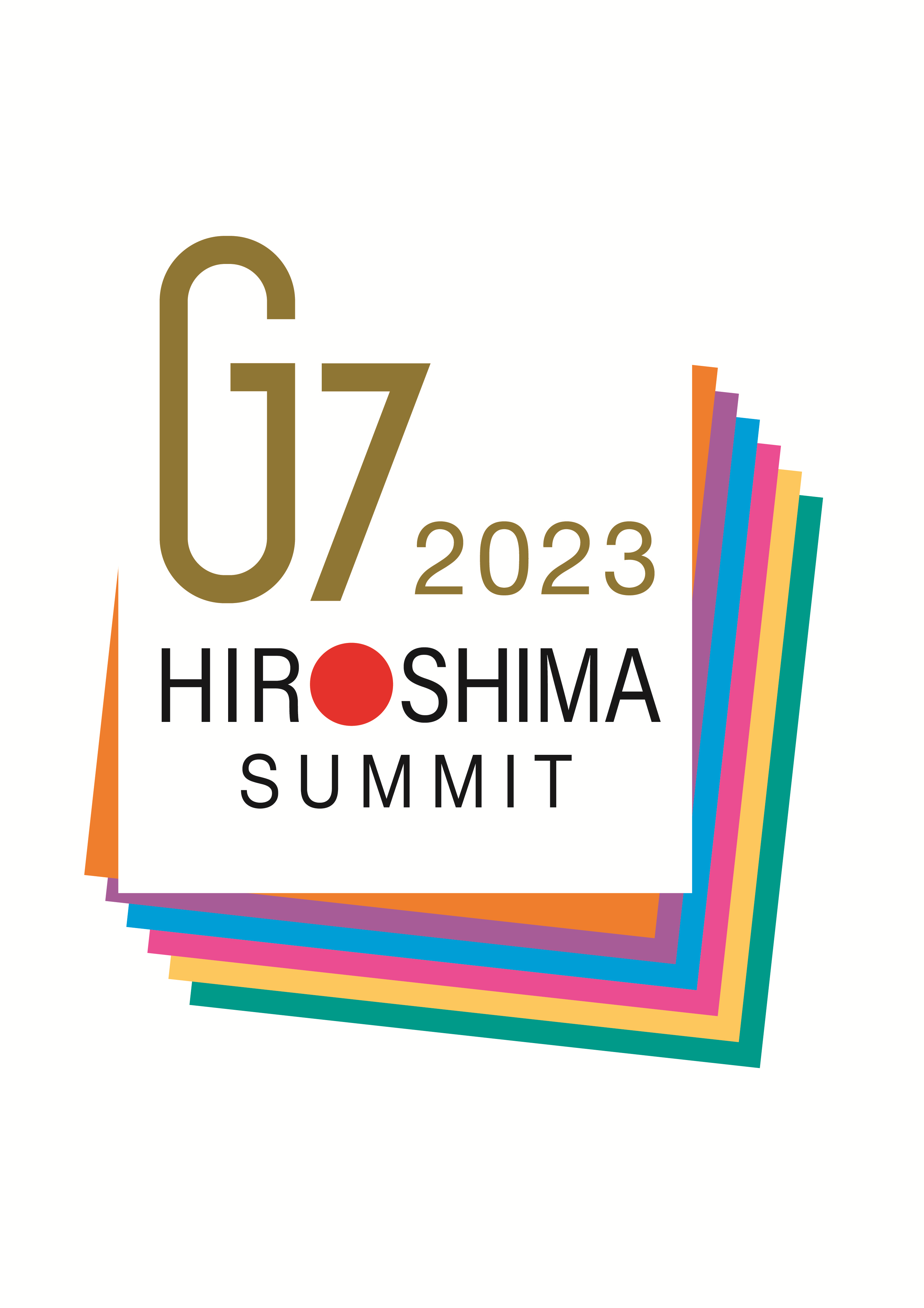
Summits | Meetings | Publications | Research | Search | Home | About the G7 Research Group

 |
Summits | Meetings | Publications | Research | Search | Home | About the G7 Research Group |
 |

Circular Economy and Resource Efficiency Principles (CEREP)
Fostering Business Leadership, Action, and Partnerships
Sapporo, Hokkaido, April 16, 2023
[pdf]
The significance of resource efficiency (RE) and circular economy (CE) approaches, sustainable materials and material resources management, and the 3Rs (reduce, reuse, and recycle) and other value retention processes to contribute to sustainable consumption and production has been recognized and mainstreamed multilaterally including through UNEA/UNGA resolutions[1], as a key to achieving the 2030 Agenda for Sustainable Development (especially SDG 12), and other internationally agreed environmental goals. Policies, practices and initiatives to promote resource efficiency through circular economy approaches have been expanded at all levels and by all actors – at global (UN, G7, G20 and other fora), national, regional, and municipal levels, and by the public and private sectors, as well as by citizens.
The international community has been increasingly recognizing on the significance of the resource-climate-biodiversity-pollution nexus and calling for facilitating discussions to identify opportunities and challenges. The UN resolutions acknowledged that circular economy approaches can contribute to addressing climate change, biodiversity loss, land degradation, the impact of water stress, and pollution. An assessment by the International Resource Panel (IRP) indicated that material resource[2] extraction and processing account for approximately half of all global climate change emissions (not including climate impacts related to land-use) and 90 per cent of biodiversity loss and negative water stress, and around a third of particulate matter health impact[3].
The G7 have adopted a number of documents underlining synergies between resource efficiency and climate, including the 5-Year Bologna Roadmap, and the G7 also organized a workshop[4] of the G7 Alliance on Resource Efficiency (G7ARE)[5] and invited the IRP to develop an assessment report on Resource Efficiency and Climate Change[6]. In the G7 Berlin Roadmap on Resource Efficiency and Circular Economy (2022-2025), G7ARE adopted a systemic approach, aiming to promote resource efficiency and circular economy across all relevant sectors. In so doing, the Alliance members aim to contribute to reducing the climate, biodiversity and pollution impacts of material use, including by promoting the sound management of chemicals, throughout the entire life-cycle of products.
The Paris Agreement recognized the important role of sustainable lifestyles and sustainable patterns of consumption and production in addressing climate change. Recent climate COPs witnessed various CERE-related side events, including, for examples at COP27, those focusing on synergies with scientific perspectives addressing the triple crisis of climate change, biodiversity loss and pollution[7] as well as on business leadership and partnerships for achieving carbon neutrality through circular principles[8].
The Kunming-Montreal Global Biodiversity Framework adopted at COP15 of the Convention on Biological Diversity (CBD) includes Target 15 and 16, which have the relevance with CERE approaches, calling for, inter alia, reducing the global footprint of consumption, promoting actions to ensure sustainable patterns of production, halving global food waste, and substantial reduction of overconsumption and waste generation, and for businesses to provide information to consumers to promote sustainable consumption[9].
To achieve the cited co-benefits of CERE and other environmental goals, the international community has acknowledged the importance of the uptake, upscaling and replication of sustainable business practices applying CERE approaches and keeping products and resources in the economy, to move towards sustainable consumption and production, and to address environmental challenges.
In the G7 and G20 fora, discussions have highlighted the significant roles played by businesses and the private sector for CERE approaches, with references made in the Toyama Framework on Material Cycles, the 5-year Bologna Roadmap, the G20 Resource Efficiency Dialogue Roadmap, and the G7 Berlin Roadmap.
A number of companies, with leaders’ engagement, have presented the development of new products and business models based on CERE approaches at various fora1[10] and several public private partnerships have been established[11].
CERE approaches are a significant solution to address value chain sustainability and negative environmental impacts such as climate change, biodiversity loss, and pollution associated with the use of primary resources. There is a need to more effectively integrate the circular economy-carbon neutrality nexus across the whole life cycle with a systems thinking and a life-cycle perspective as well as to enhance multi-stakeholder collaboration, considering the global and extended value chains across many industries.
Addressing the risks associated with climate change and biodiversity loss and disclosing non-financial information have been on the agenda in the context of corporate governance. The Task Force on Climate-related Financial Disclosures (TCFD) is now an integral part of stakeholder communications, and the ongoing work of the Taskforce on Nature-related Financial Disclosures (TNFD) is expected to present a similar framework for reference. CERE approaches present viable solutions, and thus should be well considered, for risk management and for addressing the negative environmental impacts of climate change, biodiversity loss, and pollution associated with the use of primary resources and for ensuring sustainability along value chains. Thus, CERE approaches should be well integrated into company systems.
In this regard, the G7ARE held a workshop to address non-financial reporting in 2019[12], while the G7 Environment Ministers invited relevant stakeholders to work with the G7ARE to contribute to the development of comparable metrics, reporting protocols, and related environmental accounting principles for value chains resource efficiency and circularity to reduce the burden associated with different and divergent reporting frameworks.
In light of the aforementioned significant roles of the private sector in advancing circular economy and resource efficiency, the G7 members agreed under the United Kingdom G7 Presidency in 2021 and the Berlin Roadmap in 2022 to develop circular economy and resource efficiency principles (CEREP) to step up actions on circular economy and resource efficiency.
It is crucial to effectively integrate circular economy and resource efficiency approaches with actions to address climate change, biodiversity loss, and pollution across global value chains with a view to mainstreaming such approaches in sustainable business practices and maximizing the impact by private sector actions given that they are indispensable to achieve carbon neutral and nature positive economies and other environmental goals.
Governments play a key role to build an enabling environment to facilitate the utilization of the CEREP by the private sector including through, for example, addressing barriers, integrating and developing relevant policies, and fostering public-private partnerships.
The aim of the below CEREP is to encourage companies to establish initiatives and step up actions on a circular economy, to promote engagement with the public and the financial sector and to promote their voluntary circular economy and resource efficiency actions.
[1] e.g. UNEA resolution 5/11 ‘Enhancing Circular Economy as a contribution to achieving sustainable consumption and production’, UNGA resolution 77/162 Promoting sustainable consumption and production patterns for the implementation of the 2030 Agenda for Sustainable Development, building on Agenda 21 ↩
[2] Biomass, including food; minerals; metals; and fossil fuels. ↩
[3] IRP (2019) Global Resource Outlook 2019 ↩
[4] Resource Efficiency and a Low-Carbon Society: Identifying Opportunities and Implications (under the Japanese Presidency) in December 2016. ↩
[5] All documents are available at: https://www.g7are.com/ ↩
[6] IRP (2020). Resource Efficiency and Climate Change: Material Efficiency Strategies for a Low-Carbon Future. ↩
[7] Beyond decarbonization: Tackling the triple planetary crisis through systemic resource efficiency and circular economy ↩
[8] Circular Principles for Carbon Neutrality - Accelerating circular economy actions by the business leadership and partnerships ↩
[9] Target 15 and 16 of the Kunming-Montreal Global Biodiversity Framework ↩
[10] e.g. the World Circular Economy Forum (WCEF) and the World Economic Forum (WEF). There are also many on-going private initiatives on CERE approaches, including the Platform for Accelerating Circular Economy (PACE), the World Business Councils for Sustainable Development (WBCSD) and the Ellen MacArthur Foundation (EMF) and Chatham House ↩
[11] e.g. Japan Partnership for Circular Economy, Italian circular economy stakeholder platform, EU circular economy stakeholder platform ↩
[12] G7 Resource Efficiency Alliance Workshop under the French Presidency on “Tools making value chains more circular and resource efficient. Voluntary agreements, standardisation & non-financial reporting” Paris, 20-21 March 2019 ↩
Source: Ministry of the Environment, Japan
 — 
|
This Information System is provided by the University of Toronto Libraries and the G7 Research Group at the University of Toronto. |
|
Please send comments to:
g7@utoronto.ca This page was last updated April 03, 2025. |
All contents copyright © 2026. University of Toronto unless otherwise stated. All rights reserved.